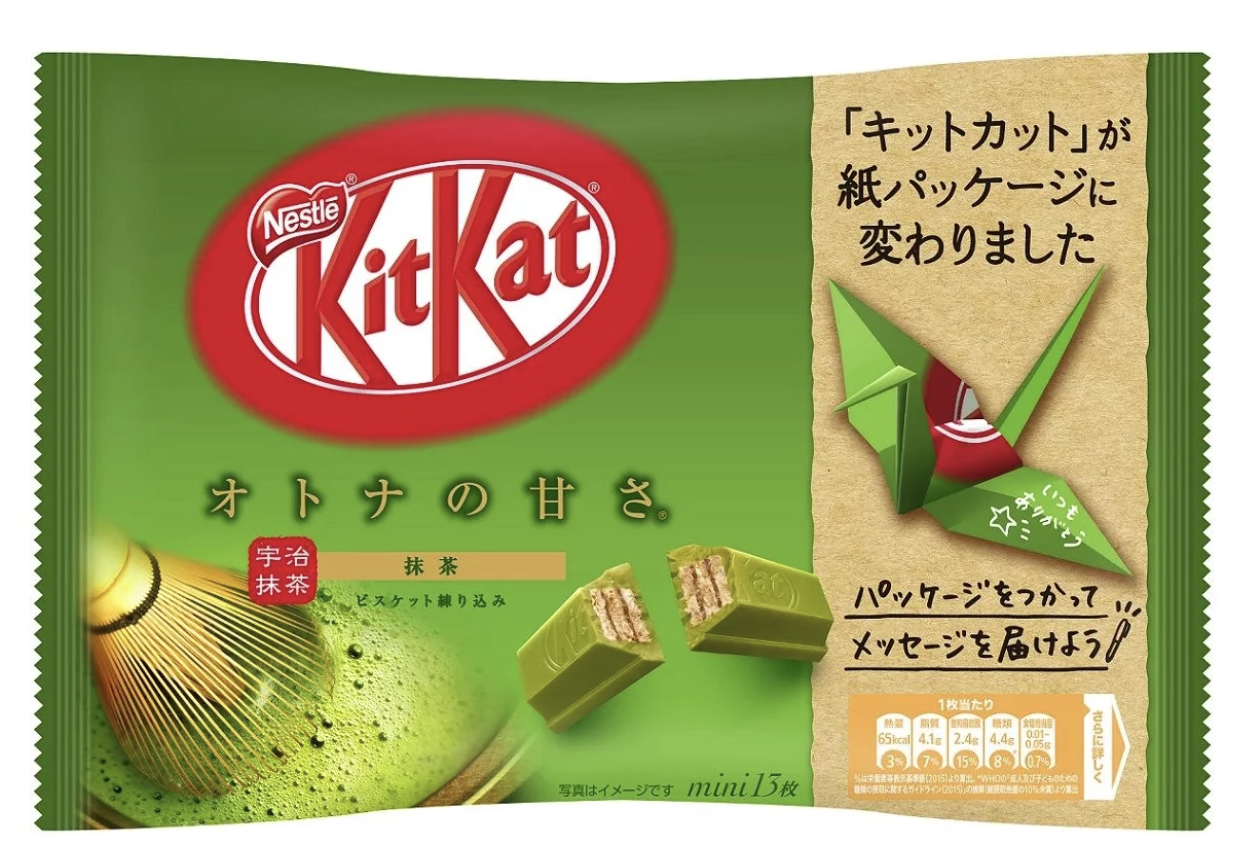In 2007, I flew to the Land of the Rising Sun to teach English on the JET Program.
One of the first things I noticed about how English was taught in Japan was that the students were essentially taught to pass written exams that focused on their reading skills, listening skills, and knowledge of grammar rather than given any practical conversation practice. What’s more, the kids were often required to memorize random sentences, as if doing that was the best way for them to learn English, and those sentences were usually from a book called 600 Basic English Sentences.
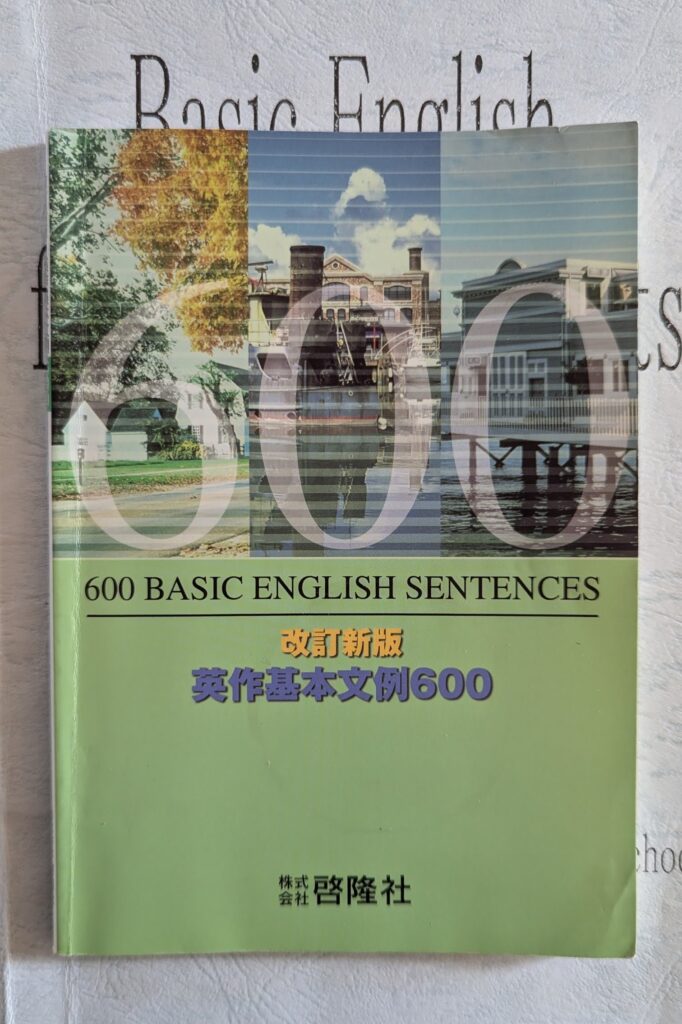
One problem I have with the book is this (from the forward):
“(This) text … covers a wide range of grammatical structures as well as some commonly used expressions.”
Why on earth would you not want the book to be full of everyday expressions? Why waste time learning sentences that you probably won’t use very often? Ugh!
Another problem I have with the book is that the sentences are grouped into 40 sets of 15 sentences that are not organized in a fashion that is conducive to learning. For example, instead of having 15 sentences related to sports in general or a specific grammar point (such as the use of prepositions), the sentences are mostly random.
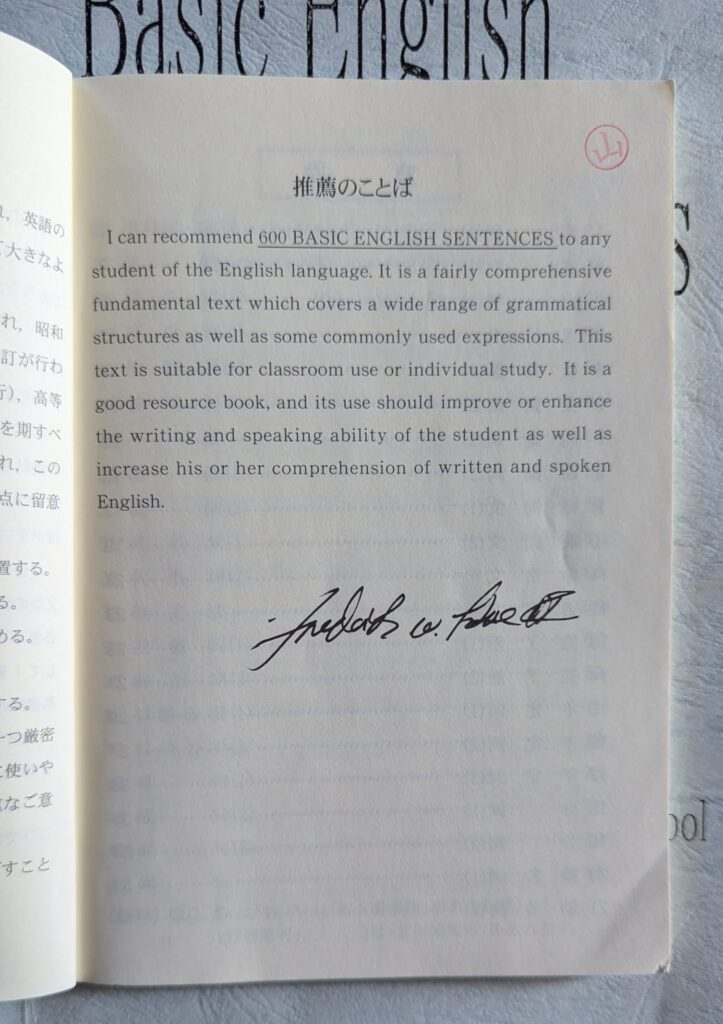
Take a look at the first 15 sentences in the book and you’ll quickly realize, as I did, what a mishmash of vocabulary and grammar the learner is faced with:
- He usually comes to school by bus.
- My mother always gets up at six (o’clock).
- He traveled all over Europe last year.
- The sun rises in the east and sets in the west.
- My uncle left for America last Monday.
- The CD player is on the table over there.
- There are twelve months in a year.
- My grandfather is seventy years old.
- What a fast runner he is!
- He’ll get well in a week or so.
- You must keep quiet in this room.
- What’s the matter (with you)? You look pale.
- This pie tastes good.
- Your idea sounds great.
- He seems disappointed at (in) the result.
As you can see, this set of 15 includes sentences with different tenses (#1, #3, #10); at least two sentences that you would almost never use in daily conversation (#4 and #7); one strangely worded exclamation (#9); one question (#12); one “double” sentence (#12 again); two very short, simple sentences (#13 and #14); and one sentence that has a completely different tone of voice from the others (#9 again), just to name a few.
If, instead, all or at least more of the 15 sentences were similar to #13 and #14 I could see a much bigger benefit here.

For example, the following five sentences would go well together, not only because they are all short and simple, but also because they are all written in the present tense and they all introduce one of the five senses:
- This pie tastes good.
- Your idea sounds great.
- That building looks impressive.
- My sweater feels soft.
- Her soup smells amazing.
You could also have more sentences with prepositions, like #6:
- The CD player is on the table (over there).
- My shoes are under the chair.
- Her camera is next to her purse.
- Your cat is on top of a box.
- There is only one letter in the mailbox.
I would certainly be more comfortable learning English sentences such as those rather than what’s in 600 Basic English Sentences and I think you would be, too.
Kids in Japan learn vocabulary words in a similar manner. Rather than learning the names of 20 different fruits, vegetables, or types of buildings, for instance, they learn lists of words that resemble this one:
- Elevator
- Baseball
- Monday
- Giraffe
- Banana
- Sunset
- Train
- Refrigerator
- Ankle
- Luggage
How is this list of words going to help me? Those words are all over the place!
A much better list would have the names of 10 body parts or animals!
My school back then, Gokase Secondary School, had its own book called Basic English for Gokase Students. At least that book had sentences that were more organized, but whoever wrote it must have been advised by Roger Federer or Steffi Graf because 28 of the first 44 sentences mentioned tennis! Yikes!
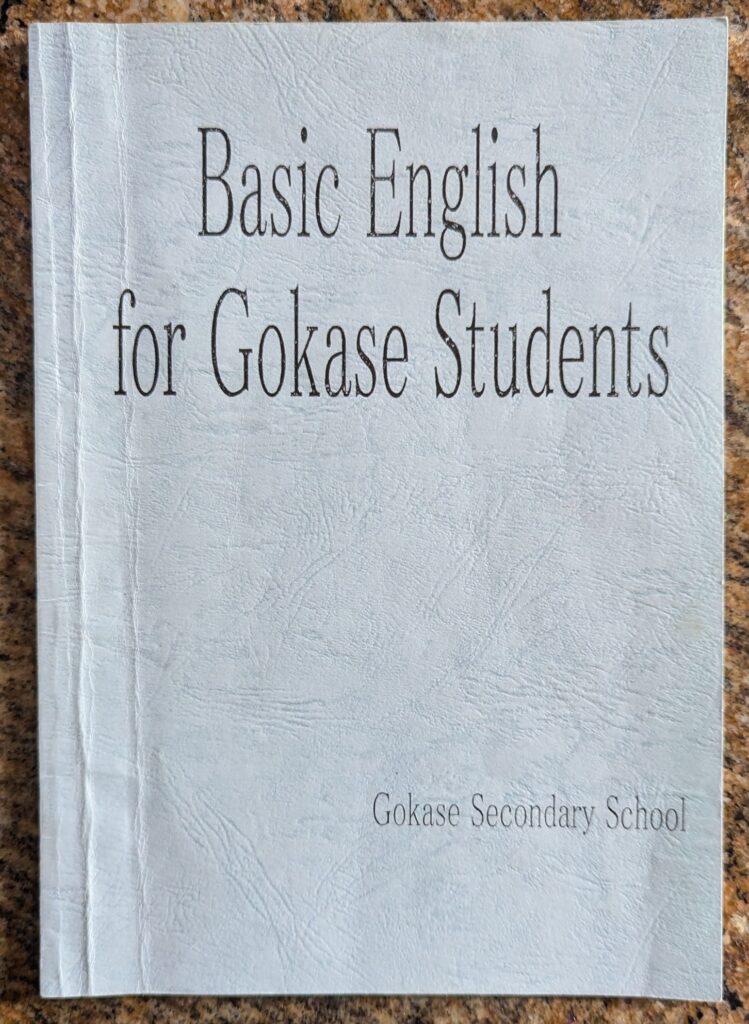
Also, the groupings in this book are about as iffy as they are in 600 Basic English Sentences.
Take a look at this set of sentences:
- I’ll go to Japan and study hard.
- Is that a book or an album?
- He is busy, but he helps me.
- When he is busy, I help him.
- If he is busy, I will help him.
- I will help him, because he is busy.
- I think (that) he is busy.
- I thought (that) he was busy.
- He is so busy that he can’t go there.
- I wrote a letter before I went there.
There are several reasons why those 10 sentences are not going to help you learn English, including the fact that:
Seven of the 10 sentences include the word “busy”; two of the sentences are in the future tense (#1 and #6); one of the sentences is actually a question (#2); and two of the sentences are in the past tense (#8 and #10). What a mess for language learning!
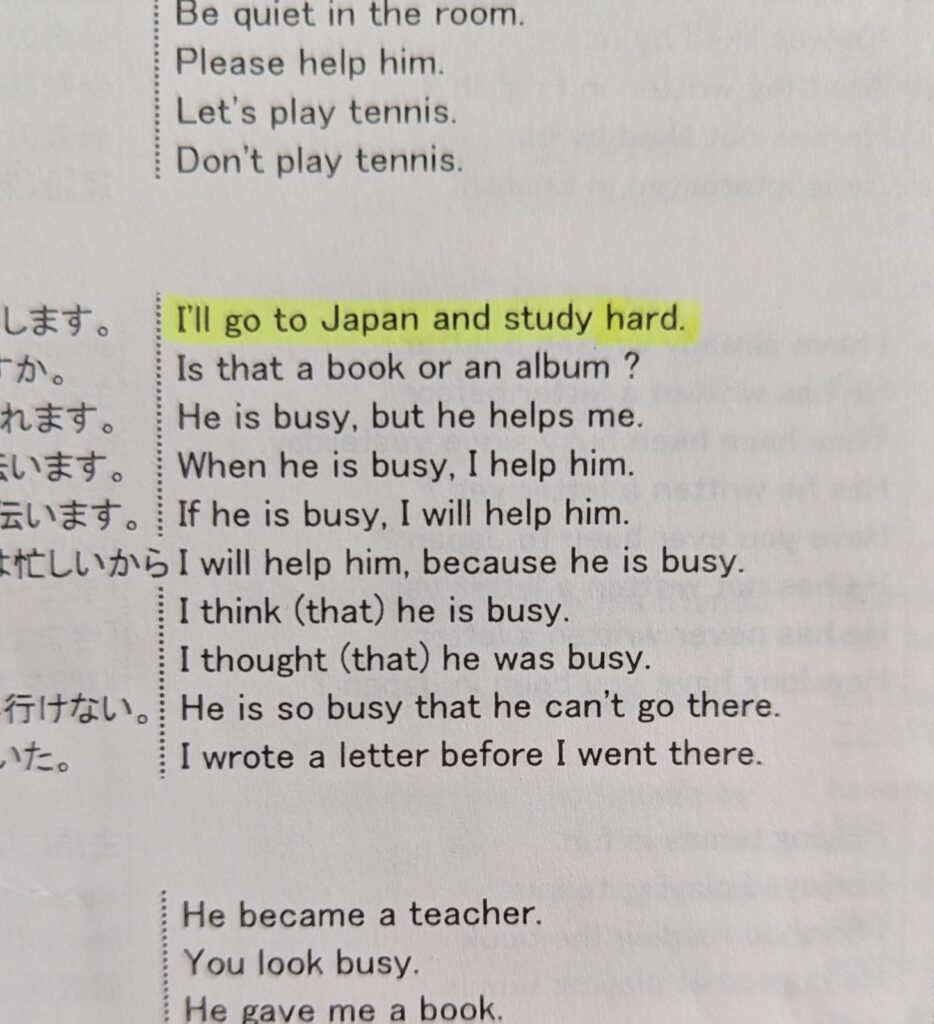
I know not everyone learns languages in the same way, so I suppose some learners of English might find these books that I’m discussing to be helpful. I don’t, however. I think languages need to be taught with a focus on speaking, especially via question and answer sessions so that people learn to have long conversations.
Do you think you would be able to successfully learn English (or any language for that matter) using books like 600 Basic English Sentences and Basic English for Gokase Students?
Leave a comment and let me know your thoughts.
Thanks!

